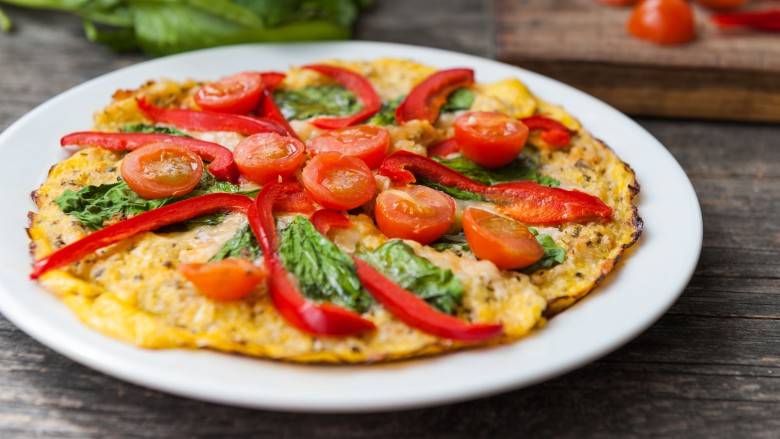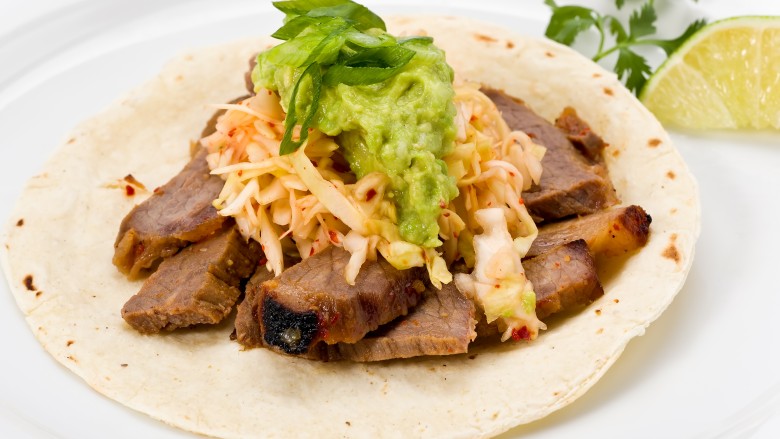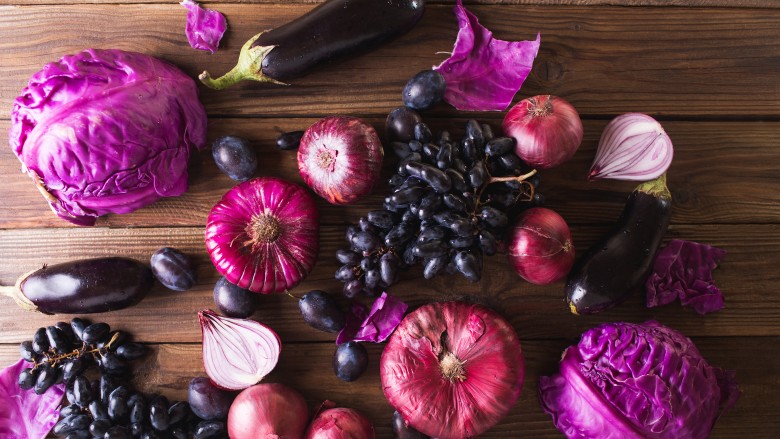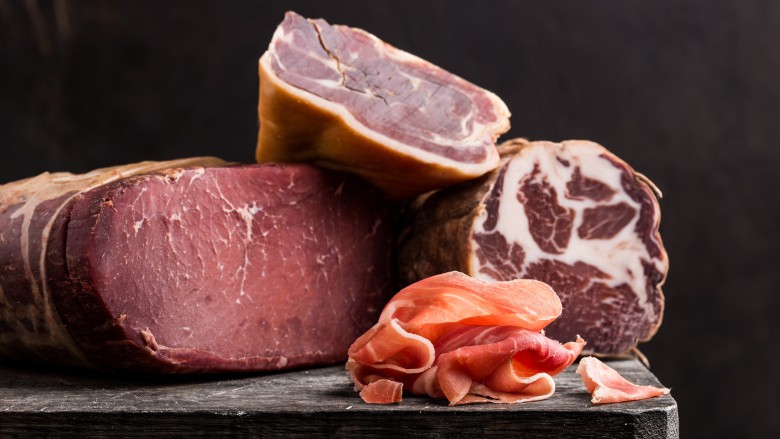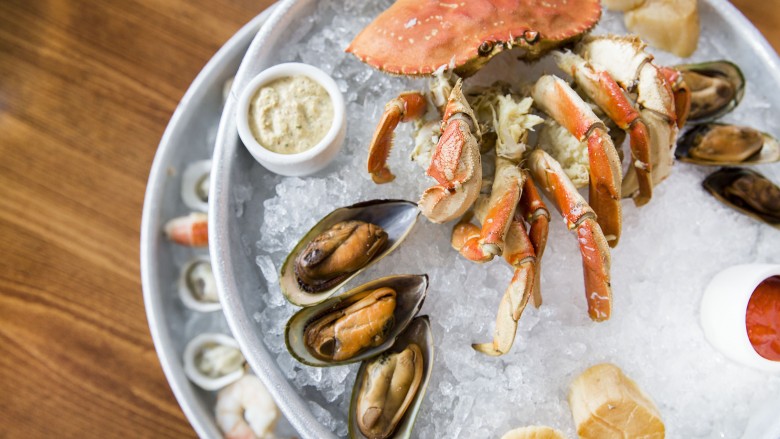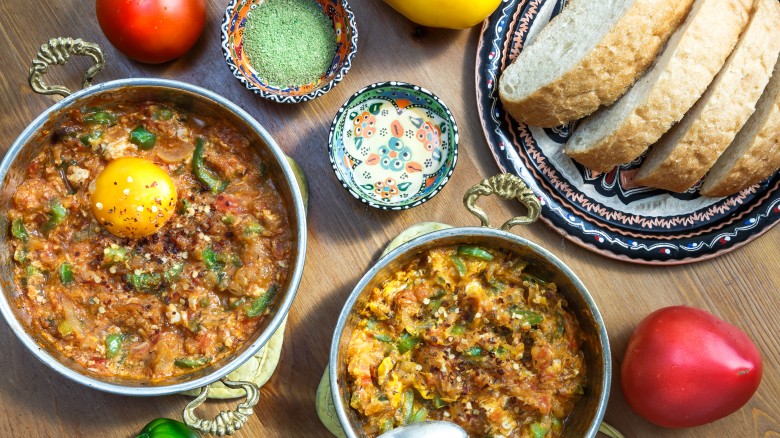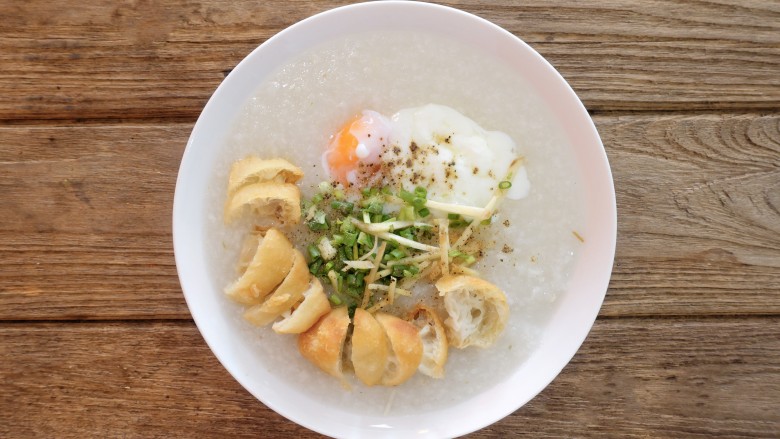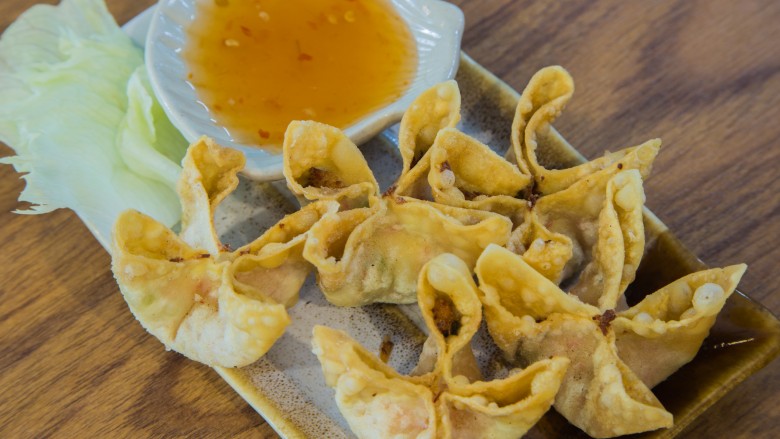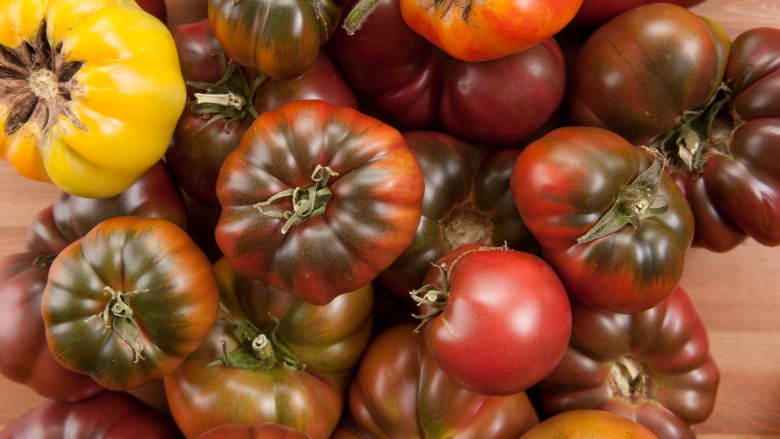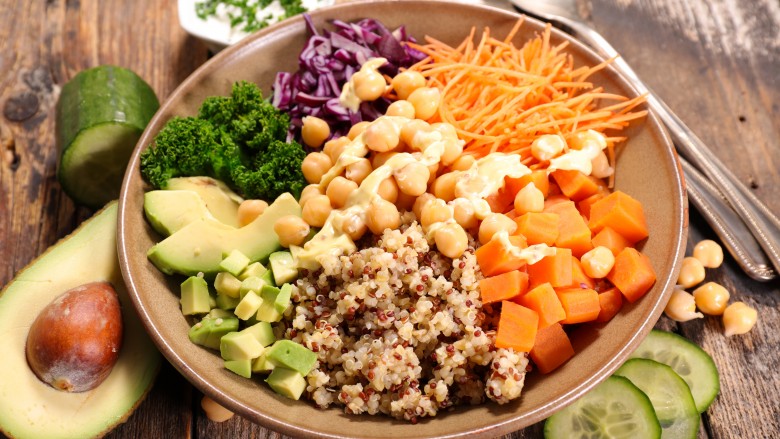Dishes You\'ll Be Ordering In 2017
The predictions are in! Each year, restaurant and foodie professionals everywhere take out their certified organic crystal balls and try to predict which trends we'll be going gaga for on restaurant menus and supermarket shelves. If smoothie bowls and avocado toast are out, what's hot for 2017? Let's explore some of the most popular dishes you'll be ordering in 2017.
Cauliflower everything
Move over kale, your cruciferous cousin cauliflower is about to steal your thunder. Cauliflower has been a culinary superstar among health-minded home chefs for a while now, who prize its grain-like mimicry of higher-calorie staples like rice and wheat. Expect to see cauliflower as both the centerpiece or conduit for a variety of new restaurant dishes, like whole roasted cauliflower, cauliflower tortillas, cauliflower fried rice, and cauliflower pizzas. Folks in the NYC dining scene are already raving about the hot cauliflower dishes appearing all over town, including the Manchurian cauliflower at Tulsi and the seasonally available cauliflower flatbread at The Smith. Chef Paul Michael Brinker of Dorset, Vermont's Rumney's Deli says that his original creation of roasted cauliflower with Aleppo pepper and roasted crimini mushrooms has fast become his number one selling veggie side dish.
Street food-inspired dishes
Expect to see an explosion of street food-inspired dishes hitting your favorite casual and high-end eateries in 2017. Whether it's grab-and-go ease or elevated for a sit-down meal, the flavors and creativeness of global street food are going to be front and center on restaurant menus. Possible sandwich options could include Columbian perros, featuring braised meats stuffed in a bun and garnished with crushed potato chips or frizzled onions. Look for tacos and tortas that combine Asian and South American flavors, like soft corn tortillas stuffed with spicy pork or tofu and topped with kimchi. Persian street foods could also make an appearance in 2017 — keep an eye out for koobideh kabobs, a skewered and grilled mixture of ground beef, onion, and spices that's served like a Greek souvlaki.
Purple power
He likely didn't originate the term, but when Dr. Oz tells people to "eat the rainbow," chances are good they'll listen. Purple foods are expected to be in high demand in 2017, not only at the grocery store, but also on restaurant menus. Loaded with anthocyanins, antioxidant compounds that help protect our cells, purple foods like carrots, eggplant, cabbage, cauliflower, potatoes, acai, and even purple asparagus could be popping up in health-minded dishes in your favorite restaurants.
House-made charcuterie and sausages
Charcuterie is the art of preserving meats and fish through the process of curing or smoking. Not limited to just a meat and cheese board, classic examples of charcuterie would also include pate, savory mousses, terrines, and confit. Vegan charcuterie is also a possibility, according to the Omaha-World Herald, which reports that vegetable-based "butcher" shops have been successfully simulating fancy meats and cheeses. The trend in offering house-made charcuteries started in high-end restaurants as early as 2008 and boomed in meat-loving cities like Chicago, where you can practically trip over purveyors of the salty treats. The appreciation of this time-old art has now trickled over to more casual, mid-range restaurants, so expect to see offerings like house-made chicken liver mousse, teewurst sausages, salmon gravlax, and truffled salami.
The rebirth of the seafood tower
Apparently, that steakhouse classic, the chilled shellfish tower, is going through something of a renaissance, and I couldn't be more delighted. At Boston's Little Donkey, the Donkey Platter features tuna poke (another hot item in 2017) and salmon roe with wasabi. Chicago's Maple & Ash serves a hearth-roasted seafood tower, starring Alaskan king crab, scallops, and Maine lobster drenched in garlic butter and chili oil. Instead of a bed of ice, the roasted platter is served atop shell pasta so you don't dare waste the delicious juices that await at the bottom.
Dishes with African flavors
African cuisine is remarkably diverse and, like all cuisines, has been influenced by the many different ethnicities that have traveled to or invaded its lands over the course of history. South African cuisine includes many flavors introduced by Asian and European settlers, and in neighboring Mozambique you may enjoy Portuguese-influenced piri piri chicken served with cassava leaves in peanut sauce. In West Africa, you'll find broths and soups made with hot spices, as well as fufu, a dough made of yams or plantains. In Kenya, a dish called irio is a mash of potatoes, peas, corn, and onion that is served with spiced roasted meats. In Egypt, you'll find a popular vegetarian dish called koshari, a mixture of vegetable, beans, and noodles topped with a spicy tomato sauce and fried onions.
With African flavors predicted to be appearing on restaurant menus, it'll be interesting to see which dishes chefs and diners embrace in 2017. New York's Ponty Bistro is already ahead of the game — it's been serving French-influenced Senegalese dishes, like Niokolokoba, a grilled steak marinated in Senegalese spices, since 2008.
Filipino cuisine
Though it can often be mistaken for Thai cuisine, modern Filipino food is the very definition of a fusion cuisine, drawing on the influences of settlers from China, Spain, Mexico, and America. Flavors are big and brash, heavy with vinegar and the sour calamansi citrus fruit. Bagoon, a fermented shrimp paste, is found in many dishes, as is banana ketchup, a sweet and spicy sauce created during World War II when tomato ketchup was difficult to come by. Look for dishes like arroz caldo, a fish sauce-laced rice porridge cooked with chicken and ginger that will be featured at Manhattan's Rice & Gold in 2017.
Crab Rangoon
Crab Rangoon ... really? Yes, really. The fried wonton dumpling stuffed with cream cheese and crabmeat doesn't originate from Burma, as was originally believed, but was more likely an American invention first served at L.A.'s Trader Vic's. The resurrection of crab Rangoon on menus will see the creative additions of market ingredients, like the addition of kale at Olmsted in Brooklyn. David Chang of Momofuku fame served a spring roll-styled crab Rangoon with his delivery service, Ando. In L.A., Thai eatery Night & Market Song offers a version with cod roe, served with cucumber salad and sweet and sour sauce.
Heirloom fruits and vegetables
Farmer's market devotees adore their heirloom vegetables. I once had a roommate who delayed his moving date by an entire weekend just so he wouldn't miss the emergence of the heirloom tomatoes at the Union Square green market in New York. Heirloom fruits and vegetables are varieties of produce that have been preserved and passed down over many generations. These open pollinators produce seeds that can be saved and used to grow produce that will be the same as the parent plant. Beloved by the locavore movement, heirloom varieties of fruits and veggies are expected to be appearing on more and more restaurant menus. You may see black prince tomatoes, sugar baby watermelon, bull's blood beets, and black magic kale, to name just a few of the hundreds of heirloom varieties.
Vegetarian meals
Veggies are good for you! In addition to those marvelous leafy greens we all seem to be trying to get more of, folks these days are definitely looking for ways to add more plant-based proteins to their meals, like tofu, legumes, nuts, and seeds. Expect to see vegetarian choices on restaurant menus that extend way beyond the standard veggie burger or linguine primavera. Bring it on, 2017.

